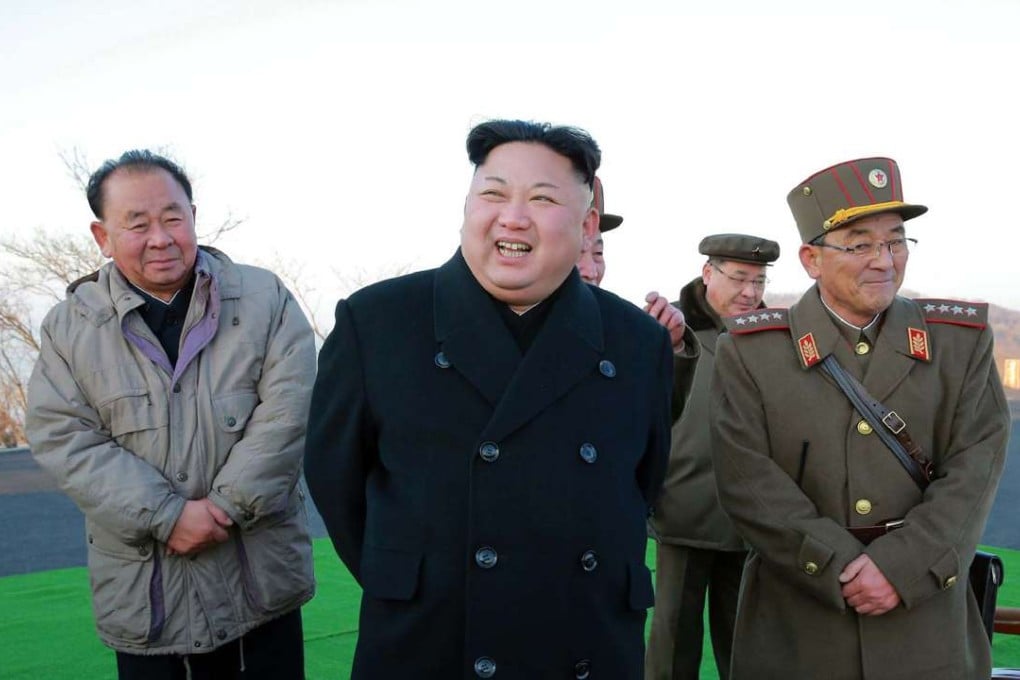How Kim Jong-un put US on a collision course with China
If the North Korean leader has embraced the ‘madman’ theory from Nixon’s playbook, it appears to have backfired

North Korean leader Kim Jong-un appears to be taking a leaf from the book of former US president Nixon, whose “madman theory” was intended to placate the North Vietnamese by convincing them he was crazy enough to nuke Hanoi.
The problem is that in Kim’s hands the tactic has the opposite effect. Pyongyang’s increasingly erratic moves are destabilising the region by putting Beijing and Washington on a collision course over Seoul’s decision to deploy a US antiballistic missile system.
This week, the United States announced components of the Terminal High Altitude Area Defence system (THAAD), which is designed to shoot down short-, medium- and intermediate-range ballistic missiles, had been sent to South Korea. That move came despite continuing hostility on the issue from Beijing, which fears THAAD’s powerful radar could be used to spy on China. “That’s basic realpolitik, don’t you think?” Duan Demin, professor at Peking University’s school of government, said. “It makes me think of the Cuban missile crisis back in the 1970s when the Soviet Union deployed missiles in Cuba and the Americans reacted very aggressively to that move, and it almost erupted into a major war between the two greatest powers during that time.”

In a press conference following the US announcement, Chinese foreign ministry spokesman Geng Shuang said China would take action against the decision and that the US and South Korea would be responsible for “all the consequences”.
But the US and South Korea are not alone in feeling provoked by North Korea. After Pyongyang’s fourth nuclear test in January 2016 the UN enacted its harshest-ever sanctions against the regime. The North reacted with more missile launches, and on February 12, two days after US President Donald Trump’s first summit with Japanese Prime Minister Shinzo Abe in Washington, it fired an intermediate-range ballistic missile into the Sea of Japan. This only strengthened Tokyo’s support for THAAD. Japan’s Ministry of Foreign Affairs told This Week in Asia it was aware parts for the system had arrived in South Korea and it supported “the further advancement of US-Republic of Korea security cooperation”.

